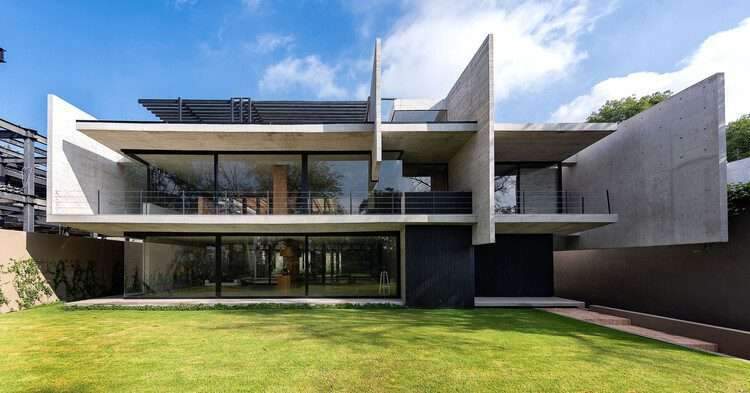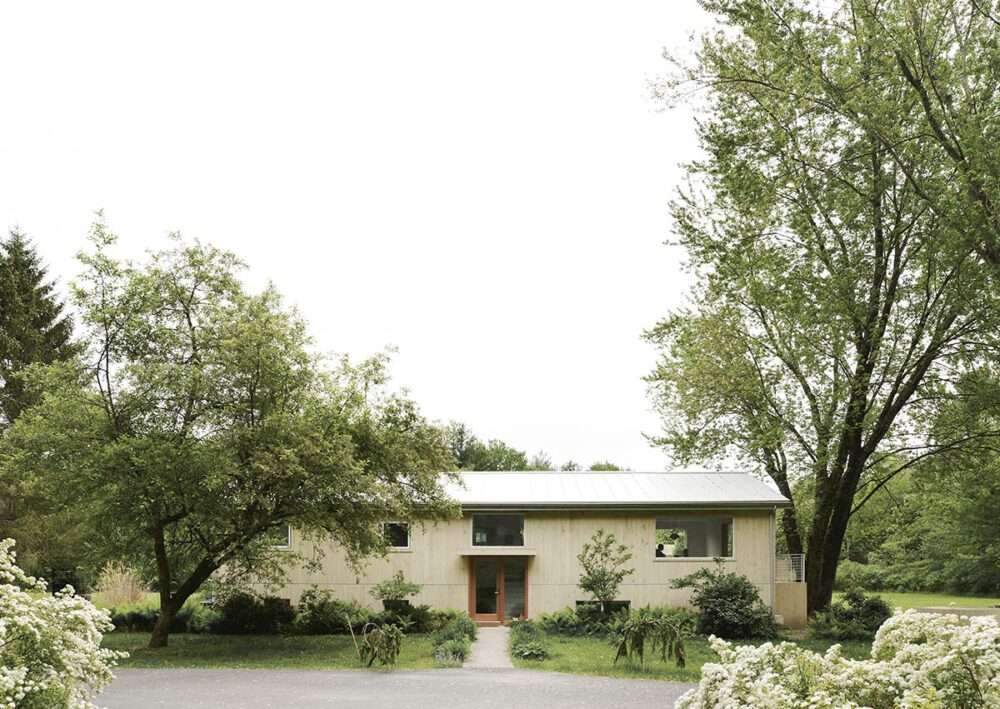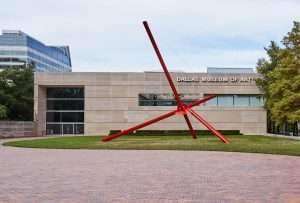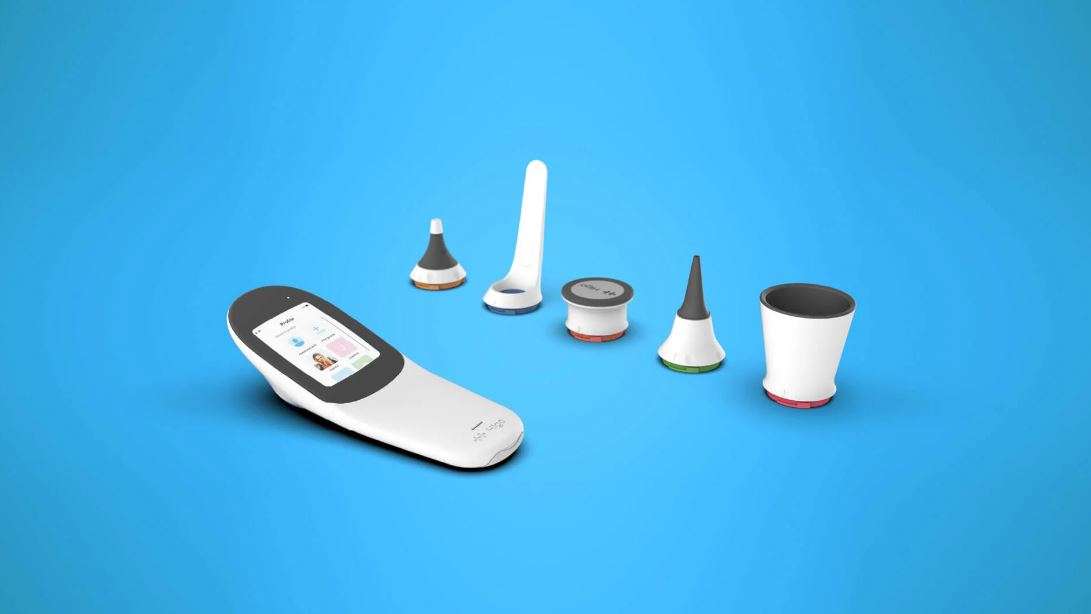The wood technology business Modvion constructed a tower in Sweden that is home to the world’s first fully operational timber wind turbine.
Modvion’s first commercial wind turbine tower, at 105 meters tall in the Skara region, is a follow-up to a smaller, 30-meter-tall demonstration project the business finished in 2020.
The tower is constructed of laminated veneer lumber (LVL), an engineered wood type that is comprised of thin veneer strips glued together and is frequently used for beams and load-bearing building structures. The generator hub and rotor blades of the tower are made of standard materials.
According to the company, using this kind of wood instead of the currently utilized steel for construction is considerably more environmentally friendly and sturdy enough to withstand the stresses of a rotating turbine.
Even though wind energy is a major source of renewable energy for the world, building wind farms still produces a significant amount of carbon emissions, in part due to the steel towers.
Because of a less emissions-heavy production method and the carbon storage offered by trees, Modvion claims that the carbon emissions from the construction of wind turbines are reduced by over 100% thanks to their wood towers.
“Our towers emit ninety percent less carbon dioxide during production than a steel tower that will perform the same work,” Maria-Lina Hedlund, chief financial officer at Modvion, said to Dezeen. The addition of carbon sequestration actually results in a negative, or a carbon sink. If our goal is to achieve net zero energy generation, which we must, then this is fantastic.”
The structure of LVL, according to engineer Hedlund, is “similar to carbon fiber,” with veneer strips that are only three millimeters thick layered and bonded together to give it a high strength-to-weight ratio.
One advantage of this lightness is that it requires less material overall. According to Hedlund, there is a “bad design spiral” with heavy materials because the weight of the tower itself increases the load that it must support.
Additionally, Modvion employs its “own recipe” to set the directions of the fibers, which improves the material’s performance even further, whereas some LVL have all of their veneer strips facing the same direction.
During the production process, Modvion’s factory receives timber boards that are manufactured to order in a normal LVL facility. There, in a process known as lamination, they are fused together to create larger modules, twisted into a rounded shape, and then meticulously machined to refine the design.
“In the wood industry, you usually see centimetre tolerances, while we are in the sub-millimetre scale,” Hedlund stated.
Because LVL construction is modular, it solves another issue Modvion has noticed with steel: the inability to carry steel towers to the construction site as turbines get larger and stronger in an attempt to produce more power.
The largest towers are constructed like massive cylinders and are delivered by truck; nevertheless, some bridges and roadways cannot support the towers’ required base diameter.
“We’re now reaching a point where they will not get through anymore,” Hedlund remarked. Therefore, modular building will become the norm in the wind power business as this is the only way to get there.
Furthermore, the fact that the material we use for construction is naturally modular is one of its main benefits.”
Although steel might potentially be constructed in a modular fashion, Hedlund claims that this would have the drawback of requiring bolts rather than glue to assemble the pieces on site.
“Bolts are not very nice when you have so much dynamic loading, because it will loosen over time,” she stated. “So first of all, you have to have to put them in place which is a lot of work, and then you have to also service them over the lifetime.”
The two megawatt capacity of the Skara turbine is the most power output that the turbine can produce under optimal circumstances.
This is a little less than the typical capacity of recently constructed European turbines.
The tower’s exterior is covered in a thick layer of white paint that gives it a steel-like appearance. Conventional materials like fiberglass are used to create the generator hub and rotor blades, which are not provided by Modvion. But, as another business, Voodin Blades, develops technology for wooden blades, this might alter in the future.
Two friends from university, David Olivegren and Otto Lundman, launched Modvion in 2016. It is devoted to wooden technology in general, even though its current concentration is wind turbines. Hedlund told Dezeen that the team believes it has “the world’s strongest joint for timber construction,” which may also be used for other purposes.
Finally, find out more on ArchUp:






